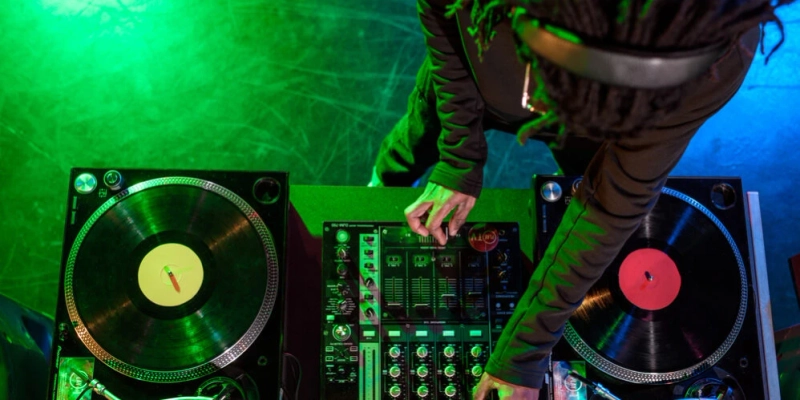The fundamentals of music sampling for rap beats are necessary knowledge for everyone
We reside in a digital age where the impossible seems possible, even creating your rap beats through music sampling. Discover the fundamental techniques and get started by reading now!


